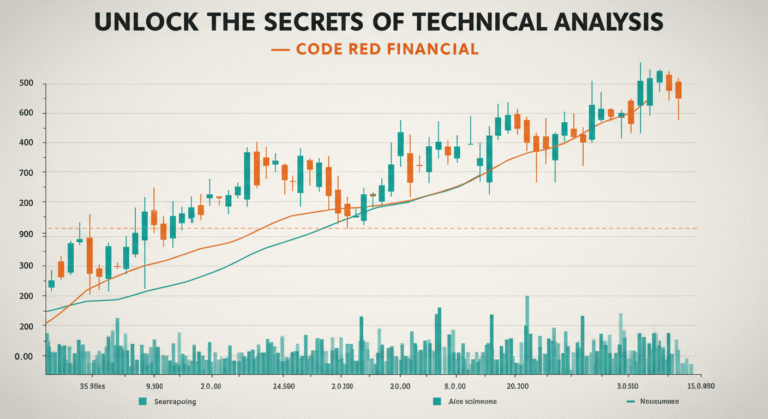The Power of Meal Planning: How to Start and Stick to It
Meal planning is a powerful strategy to save money on groceries, and it can play a pivotal role in reducing food waste and avoiding impulse buys. The first step in effective meal planning is to evaluate your weekly schedule. Take into account your work commitments, social activities, and family obligations to determine the best nights for cooking and when you might need quick, easy meals.
Creating a meal calendar is an excellent way to visualize your week’s meals. Start by selecting recipes that fit your schedule and dietary preferences. Be sure to include a balance of proteins, vegetables, and grains. Planning meals around ingredients you already have can also help reduce your grocery bill.
Once your meal calendar is in place, create a detailed shopping list. This list should include all the ingredients you need for your planned meals, ensuring that you shop efficiently and avoid unnecessary purchases. Incorporating leftovers into your meal plans can further stretch your budget. For example, roast a whole chicken and use the leftovers for sandwiches, salads, or soups throughout the week.
Flexibility is crucial in meal planning, especially when taking advantage of sales or seasonal produce. If you find a great deal on a particular item, adjust your meal plan to incorporate it. This approach not only saves money but also allows you to enjoy a variety of fresh, seasonal foods.
Various tools and apps can simplify the meal planning process. Apps like Mealime, Plan to Eat, and Paprika offer features such as customizable meal calendars, recipe suggestions, and integrated shopping lists. These tools can help you stay organized and make meal planning more efficient and enjoyable.
By following these steps and utilizing available resources, you can make meal planning a regular part of your routine, ultimately saving money on groceries and reducing food waste.
Maximizing Savings with Coupons: Where to Find Them and How to Use Them Effectively
Coupons remain one of the most effective methods for reducing grocery expenses. They come in various forms, including manufacturer coupons, store coupons, and digital coupons. Manufacturer coupons are issued by the product’s manufacturer and can be used at any store that accepts them. Store coupons, on the other hand, are provided by specific retailers and are only valid at their locations. Digital coupons, which have gained popularity, are available through websites, apps, and store loyalty programs and can be conveniently applied at checkout via a smartphone.
To take full advantage of coupons, it’s essential to know where to find them. Newspapers, especially the Sunday edition, are a traditional source, offering a wide array of manufacturer and store coupons. Online coupon sites like Coupons.com, RetailMeNot, and SmartSource provide a plethora of printable and digital coupons. Additionally, subscribing to store newsletters and joining loyalty programs can yield exclusive coupon offers and discounts.
Organization is key to ensuring coupons are used before they expire. Consider using a coupon binder or an accordion file to sort coupons by category or expiration date. Digital tools, such as apps like Coupon Sherpa or SnipSnap, can also help keep track of and organize coupons efficiently. Matching coupons with weekly sales can significantly amplify savings. For example, if a store has a sale on an item and you have a coupon for that product, you can often get it at a fraction of the original price or even for free.
However, it is crucial to avoid common pitfalls when using coupons. One major pitfall is buying items solely because you have a coupon, which can lead to unnecessary spending on products you don’t need. To prevent this, make a shopping list before heading to the store and stick to it, using coupons only for items you intended to buy.
Rebate apps and cashback programs offer additional layers of savings. Apps like Ibotta, Checkout 51, and Rakuten provide rebates on various grocery items. These apps require users to scan receipts after purchase to receive cashback, which can accumulate over time into substantial savings.
Shopping Strategically: Choosing the Right Stores and Timing Your Purchases
Strategic shopping is a cornerstone of effective grocery cost management. One of the most impactful strategies is to compare prices across different stores. Supermarkets often have varying prices for the same items, and some stores may offer better deals on specific products. Additionally, alternative shopping venues like farmer’s markets, discount grocery stores, and bulk buying clubs can provide significant savings. Farmer’s markets, for instance, often offer fresh, seasonal produce at lower prices than conventional supermarkets, while discount stores and bulk clubs can provide substantial discounts on non-perishable items.
Timing your grocery shopping can also play a crucial role in reducing expenses. Shopping early in the morning or after holidays can help you take advantage of markdowns on perishable items. Moreover, understanding store promotions and sales cycles can lead to substantial savings. Many stores have weekly sales or double coupon days, and being aware of these can help you plan your shopping trips more effectively.
Purchasing seasonal produce is another savvy strategy. Fruits and vegetables that are in season are typically less expensive and fresher than out-of-season options. For items that you use frequently, buying in bulk can be cost-effective. However, it’s essential to ensure that bulk purchases are stored correctly to prevent spoilage and waste.
I am often regarded as frugal, and my approach to saving extends beyond mere cost-cutting; it’s a principle of bypassing retailers that impose hefty premiums on identical items. Volume giants like Walmart and Costco, the former of which I patronize regularly, leverage their extensive networks to secure favorable deals. Nonetheless, establishments like the German supermarket Aldi have emerged as excellent alternatives for more affordable and healthier everyday options of late.
Opting for generic or store-brand products instead of branded ones can also contribute to lowering your grocery bill. These products are often of comparable quality but come at a fraction of the cost. Additionally, being mindful of psychological shopping traps can further aid in cutting down expenses. Avoid shopping when hungry, as this can lead to impulse purchases. Sticking to a shopping list helps maintain focus and prevents unnecessary spending. I do purchase a lot of generic store brands, particularly the Good Value brand at Walmart. I find the overall quality in many of their products to be equal to the pricier brand names.
By adopting these strategic shopping habits, you can significantly reduce your grocery expenses while still enjoying a variety of quality products.







